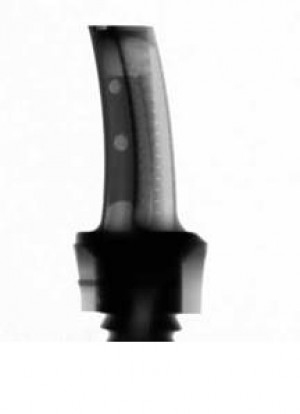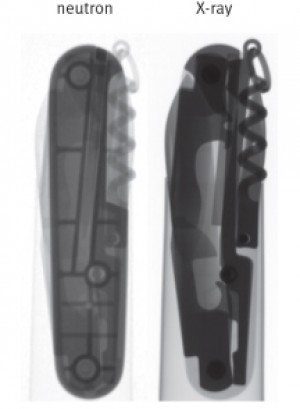Neutron Radiography
The field of Non-Destructive Testing in short: NDT consists of a wide variety of techniques used to evaluate the properties and structures of materials without damaging them. NDT is usually performed for research and development, quality assurance or failure analysis.

Common NDT techniques for distinguishing the internal structure of a material or component include ultrasound, liquid penetrant testing, radiography, eddy current testing, and consistency interferometry. Each technique is unique and tailored to a specific purpose, and each has its own advantages and disadvantages.
There are several radiography methods used by NDT specialists: gamma ray, neutron, and X-ray radiography. All of these methods work roughly the same; But the differences between X rays, gamma rays, and neutron radiation lead to very different results when you use them to image an object.
X-rays and gamma rays interact strongly with dense materials, but pass easily through lighter materials. However, neutron radiation easily passes through many dense materials while interacting strongly with light elements such as hydrogen. As a result, many materials and components that are difficult to examine using X-rays and gamma rays are more easily analyzed using neutrons.
There are many applications in the non-destructive testing industry where neutron imaging is well suited. Because neutrons can penetrate high-density material in a way that X-rays cannot, neutron radiography is widely used for critical aviation components with thick outer shells such as turbine blades and energetic fuses that are difficult to examine using X- rays. Neutrons can also be used to detect archaeological specimens encapsulated in material that X-rays cannot penetrate, as well as water
and moisture in the components.

